Life
Sign up for our newsletter
We summarize the week's scientific breakthroughs every Thursday.
-
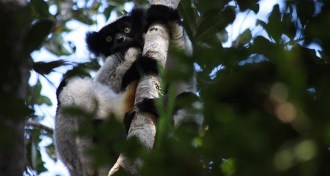 Animals
AnimalsLemurs sing in sync — until one tries to go solo
Indris, a lemur species in Madagascar, sing in synchrony and match rhythm, except for young males trying to stand out.
-
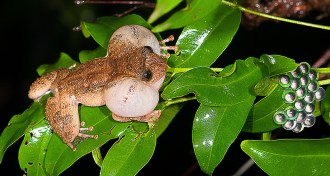 Animals
Animals‘Kermit Sutra’ gets seventh amphibian mating position
Bombay night frogs’ unusual mating protocol features indirect sperm transfer and female croaks.
By Susan Milius -
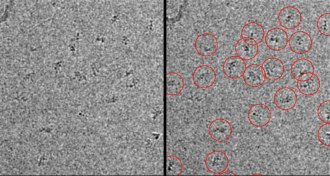 Life
LifeBiologists seek help to ‘see’ itty-bitty molecules in 3-D
A new citizen science project called Microscopy Masters aims to improve how scientists build three-dimensional models of proteins.
By Erin Wayman -
 Animals
Animals‘Silent Sparks’ illuminates fascinating world of fireflies
In a new book, a firefly researcher explores why scientists and kids alike are captivated by lightning bugs.
By Sid Perkins -
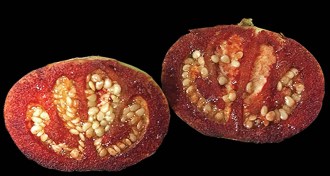 Plants
PlantsScary tomato appears to bleed
A new species of Australian bush tomato bleeds when injured and turns bony in old age.
-
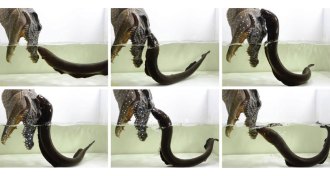 Animals
AnimalsElectric eels play defense with a mighty leap
A biologist finds evidence that a 200-year-old report of electric eels attacking horses may be true.
-
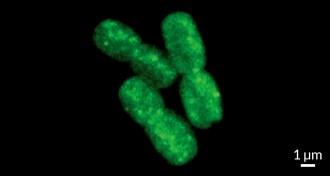 Ecosystems
EcosystemsOcean plankton held hostage by pirate viruses
The most abundant photosynthesizers on Earth stop storing carbon when they catch a virus.
By Susan Milius -
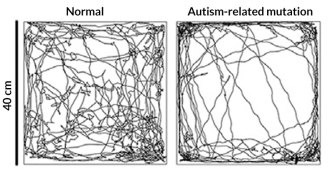 Neuroscience
NeuroscienceAbnormal sense of touch may play role in autism
Autism-related genes are important for touch perception, a sense that may help the brain develop normally, a study of mice suggests.
-
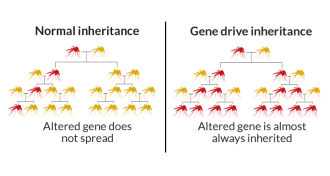 Genetics
GeneticsGene drives aren’t ready for the wild, report concludes
A type of genetic engineering called gene drives need more work, a National Academies report concludes.
-
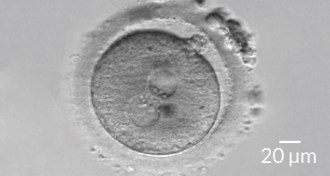 Life
LifeRefined ‘three-parent-baby’ procedure improves chances for healthy infant
Improved technique could reduce risk of passing on faulty mitochondria.
-
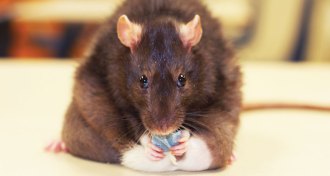 Life
LifeObesity’s weight gain message starts in gut
Acetate made by gut microbes stimulates weight gain, research in rodents suggests.
-
 Life
LifeBy leaking light, squid hides in plain sight
Glass squid camouflage their eyes with wonderfully inefficient bioluminescence.
By Susan Milius